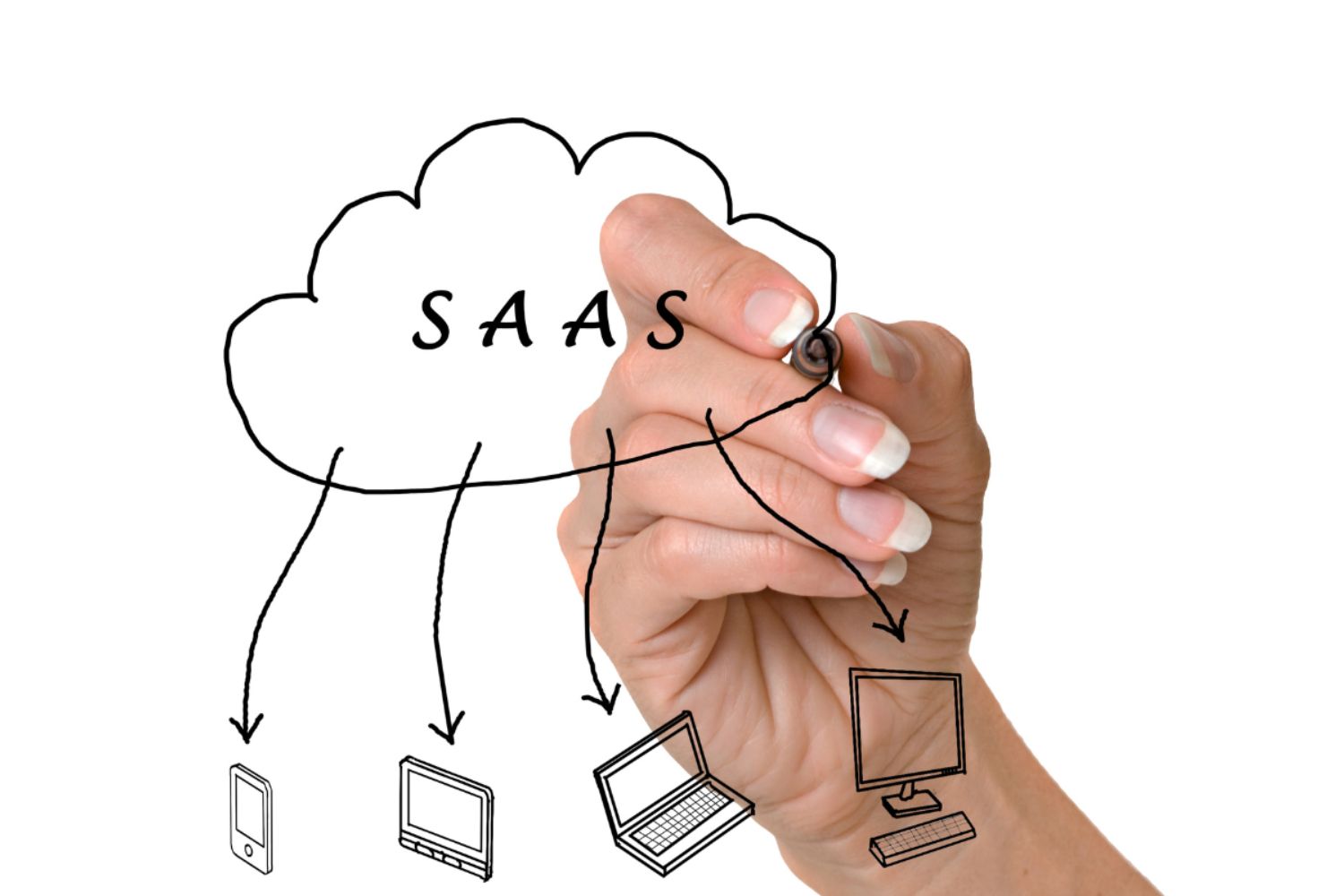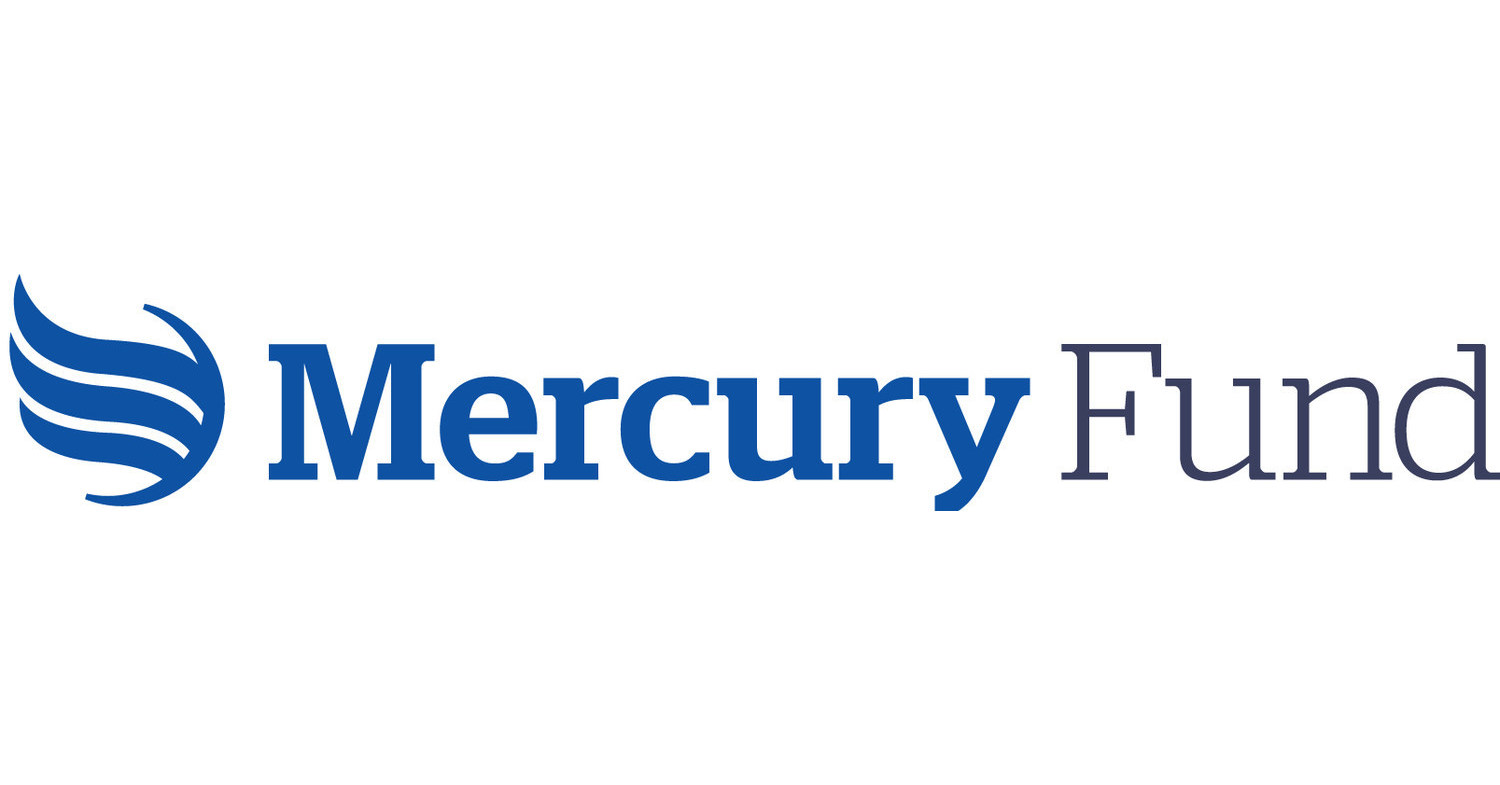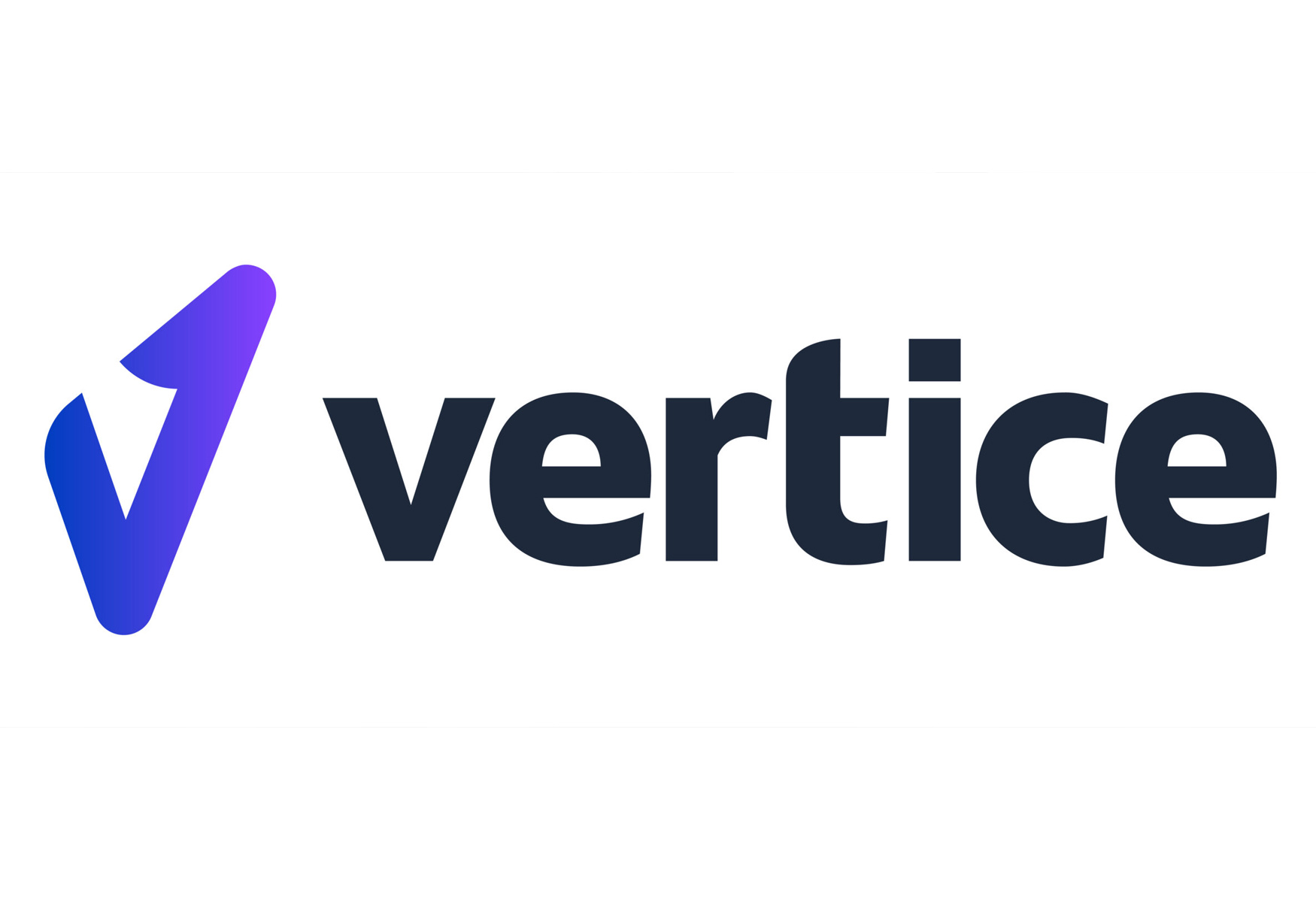Introduction
Vertical SaaS, also known as industry-specific or niche SaaS, is a subset of Software as a Service (SaaS) that caters to the specific needs of a particular industry or vertical. Unlike horizontal SaaS, which offers general applications and services that can be used by businesses across various industries, vertical SaaS solutions are tailor-made for a specific sector, providing industry-specific functionalities and workflows.
With the increasing demand for specialized software solutions, vertical SaaS has gained significant traction in recent years. From healthcare and finance to retail and real estate, vertical SaaS platforms are revolutionizing how businesses operate by offering tools and functionalities designed specifically for their unique industry requirements.
Vertical SaaS offers numerous benefits to businesses operating within a specific industry. By choosing a vertical SaaS solution, companies can enjoy a tailored user experience, enhanced efficiency, improved compliance, and optimized workflows. These industry-specific applications provide businesses with the necessary tools to streamline processes, increase productivity, and drive growth.
In this article, we’ll explore the definition of vertical SaaS and delve into how it differs from horizontal SaaS. We’ll also discuss the benefits, examples, considerations, and potential challenges of choosing a vertical SaaS solution for your business. So, let’s dive in and discover the power of vertical SaaS.
Definition of Vertical SaaS
Vertical SaaS, as mentioned earlier, refers to industry-specific or niche SaaS solutions that are designed to meet the unique needs and requirements of a particular industry or vertical. These software-as-a-service offerings are built with industry-specific functionalities, workflows, and integrations, making them highly specialized and targeted.
Unlike horizontal SaaS, which aims to provide generalized solutions to a wide range of industries, vertical SaaS solutions are tailored to address the specific pain points and challenges faced by businesses operating within a specific vertical. This customization allows companies to leverage software applications that understand their industry-specific requirements and deliver specialized features to support their operations.
Vertical SaaS platforms typically offer modules and features that align with the specific workflows and processes of the industry they serve. For example, a vertical SaaS solution designed for the hospitality industry may include features like property management, online reservations, and guest communications, while a vertical SaaS platform targeting the healthcare sector may offer electronic health records (EHR) management, appointment scheduling, and patient billing functionalities.
Vertical SaaS companies invest considerable time and effort into understanding the unique challenges and pain points of their target industry. They work closely with industry experts and constantly update their solutions to stay ahead of sector-specific trends and regulatory changes. This industry-focused approach sets vertical SaaS apart from horizontal SaaS, as it addresses the specific needs of businesses within a particular vertical more effectively.
Overall, the definition of vertical SaaS can be summarized as industry-specific software solutions that cater to the unique requirements of businesses operating within a particular sector. These solutions offer specialized functionalities, workflows, and integrations that streamline operations and drive efficiency in a specific industry context.
How is Vertical SaaS Different from Horizontal SaaS?
While both vertical SaaS and horizontal SaaS fall under the umbrella of Software as a Service, there are significant differences between the two in terms of their target audience, functionalities, and scope of applicability.
- Target Audience: Vertical SaaS solutions are designed for businesses operating within a specific industry or vertical, catering to their unique needs and requirements. On the other hand, horizontal SaaS solutions are more generalized and intended for businesses across various industries, offering a wide range of functionalities that can be applied in diverse contexts.
- Functionality: Vertical SaaS applications typically offer industry-specific features and workflows that align with the specialized requirements of a particular sector. These solutions are designed to address the specific pain points and challenges faced by businesses within that industry. Horizontal SaaS, in contrast, provides more broad-based functionalities that are not specifically tailored to any particular industry.
- Deployment: Vertical SaaS solutions are often deployed as turn-key solutions or platforms, customized to meet the needs of a specific industry. The deployment process may involve industry-specific configurations, integrations with other systems, and customization of workflows. Horizontal SaaS solutions, on the other hand, are typically ready-to-use applications that can be easily deployed for businesses across multiple industries without the need for significant customization.
- Integration: Vertical SaaS solutions are often designed to seamlessly integrate with other industry-specific software systems and tools commonly used within the target industry. This integration allows businesses to leverage their existing infrastructure and workflows while enhancing their capabilities with industry-specific features. Horizontal SaaS platforms, although they may offer integration options, focus more on providing standalone solutions that can be used across different industries without a heavy reliance on industry-specific integrations.
- Support and Expertise: Vertical SaaS providers usually have deep industry expertise and knowledge to understand the specific needs of their target industry. They work closely with industry experts and stay up-to-date with industry trends and regulations. This allows them to offer dedicated support and guidance to their customers, providing valuable insights and best practices for their industry. Horizontal SaaS providers, due to their broader target audience, may not have the same level of industry expertise and may provide more general support.
These differences highlight how vertical SaaS and horizontal SaaS cater to different audiences and serve different purposes. Vertical SaaS is focused on delivering specialized solutions tailored to a specific industry’s requirements, while horizontal SaaS provides more generalized software applications applicable to a wide range of industries.
Benefits of Vertical SaaS
Vertical SaaS provides several benefits to businesses operating within specific industries. These benefits stem from the specialized nature of the software solutions and the industry-focused approach they offer. Here are some key advantages of adopting vertical SaaS:
- Tailored User Experience: Vertical SaaS solutions are designed to cater to the unique needs and workflows of a specific industry. This tailored approach provides businesses with a user experience that closely aligns with their industry-specific requirements, resulting in enhanced usability and efficiency.
- Industry-specific Functionalities: With vertical SaaS, businesses gain access to features and functionalities that are specifically built to address the challenges and pain points of their industry. These functionalities streamline processes, automate tasks, and enable businesses to operate more effectively within their vertical.
- Faster Implementation: Vertical SaaS solutions are typically developed to meet the specific requirements of an industry, which means they are pre-configured and ready-to-use. This results in faster implementation times compared to horizontal SaaS, reducing the time and effort required to set up and customize the software for a specific industry context.
- Improved Compliance: Industries are often subject to specific regulations, standards, and compliance requirements. Vertical SaaS platforms are designed to address these industry-specific compliance needs, helping businesses to ensure they meet the necessary regulatory standards and minimize the risk of non-compliance.
- Streamlined Workflows: By offering industry-specific workflows and integrations, vertical SaaS solutions enable businesses to streamline their operations. These solutions provide a cohesive ecosystem that connects different processes and departments, optimizing collaboration and efficiency across the organization.
- Scalability: Vertical SaaS platforms are designed to grow with businesses within a specific industry. As companies expand and their needs evolve, vertical SaaS solutions can accommodate scalability requirements, providing the necessary flexibility to support growth and adapt to changing demands.
- Industry Expertise: Vertical SaaS providers often have deep industry knowledge and expertise. By partnering with a vertical SaaS company, businesses can benefit from their industry-specific insights, best practices, and support. This expertise can help optimize workflows, improve operational efficiency, and drive business growth.
The benefits of vertical SaaS make it a compelling choice for businesses operating within specific industries. By leveraging industry-specific functionalities and tailored user experiences, businesses can enhance efficiency, ensure compliance, and streamline operations, ultimately driving growth and success within their vertical.
Examples of Vertical SaaS Companies
Vertical SaaS companies serve a wide range of industries, offering specialized software solutions tailored to meet the unique needs of each sector. Here are a few examples of successful vertical SaaS companies:
- Veeva Systems: Veeva Systems is a prominent example of a vertical SaaS company that focuses on the life sciences and pharmaceutical industry. Their cloud-based software solutions provide industry-specific functionalities, such as clinical trial management, customer relationship management (CRM) for pharmaceutical sales, and regulatory compliance tools.
- Zenoti: Zenoti is a vertical SaaS company that caters to the beauty, wellness, and spa industry. Their software platform offers features like appointment scheduling, CRM, staff management, marketing automation, and analytics, all designed specifically for businesses in the beauty and wellness sector.
- Buildertrend: Buildertrend is a vertical SaaS company that provides project management and construction software. Their platform includes modules for project scheduling, communication, document management, CRM, and financial tools, all tailored to the unique needs and workflows of the construction industry.
- Allscripts: Allscripts is a leading healthcare technology company that offers vertical SaaS solutions for healthcare providers. Their software includes electronic health records (EHR), practice management, patient engagement, and population health management tools, providing comprehensive solutions for the healthcare industry.
- RetailOps: RetailOps is a vertical SaaS company that specializes in providing software solutions to retail businesses. Their platform offers inventory management, order management, purchasing, and fulfillment capabilities, all designed to streamline operations and improve efficiency in the retail industry.
These examples represent just a snapshot of the diverse vertical SaaS companies operating in various industries. From life sciences and beauty to construction and healthcare, these companies demonstrate the effectiveness of industry-specific software solutions in addressing the unique challenges and requirements of their respective sectors.
Considerations when Choosing Vertical SaaS
When considering a vertical SaaS solution for your business, it’s important to take several factors into account. Here are some key considerations to keep in mind:
- Industry Alignment: Ensure that the vertical SaaS solution aligns with your specific industry or vertical. Look for software providers that have a deep understanding of your industry and can cater to its unique needs and requirements.
- Features and Functionality: Evaluate the features and functionalities offered by the vertical SaaS solution. Determine if they meet your specific business needs and if they can streamline your workflows and address your pain points effectively.
- Customization and Scalability: Assess the level of customization and scalability offered by the vertical SaaS solution. Determine if it can be tailored to fit your specific requirements and if it has the flexibility to grow with your business as it expands.
- Integration Capabilities: Consider how well the vertical SaaS solution integrates with your existing systems and tools. Seamless integration with other software applications and platforms can streamline operations and improve overall efficiency.
- Compliance and Security: Review the compliance and security features of the vertical SaaS solution. Ensure that it meets industry-specific compliance standards and provides robust security measures to protect your data and sensitive information.
- User Experience and Support: Evaluate the user experience of the software and the level of support provided by the vertical SaaS provider. A user-friendly interface and dedicated customer support are crucial for a smooth implementation and ongoing usability.
- Cost and ROI: Consider the cost of the vertical SaaS solution and assess its potential return on investment (ROI). Compare pricing plans, subscription models, and the value you can expect to gain from the software in terms of efficiency improvements, cost savings, and business growth.
By carefully considering these factors, you can make an informed decision when choosing a vertical SaaS solution for your business. It’s important to evaluate the suitability of the software for your industry, the features it offers, its ability to integrate with your existing systems, and the level of support provided by the vendor.
Challenges of Vertical SaaS
While vertical SaaS offers numerous benefits, it also comes with its own set of challenges that businesses need to be aware of:
- Limited Market: Vertical SaaS solutions cater to specific industries, which means their target market is narrower compared to horizontal SaaS. This can limit the number of potential customers for the software, potentially impacting the vendor’s ability to scale and innovate.
- Industry Complexity: Some industries have complex workflows and regulations that can be challenging to address with a standardized vertical SaaS solution. Meeting the highly specific needs of certain industries may require extensive customization, which can increase implementation time and costs.
- Integration Complexity: Integration with existing systems and platforms can be more challenging in the case of vertical SaaS, especially if the industry has a fragmented technology landscape or relies heavily on legacy systems. This complexity can impact the overall efficiency and effectiveness of the software solution.
- Dependency on Vendor: Vertical SaaS solutions are typically designed to be a comprehensive solution for a specific industry. Businesses may become heavily dependent on the vendor for ongoing support, updates, and maintenance, which can pose a risk if the vendor experiences issues or discontinues their services.
- Limited Customization: While vertical SaaS solutions offer industry-specific functionalities, they may not fulfill all the unique requirements of businesses within that industry. Customization options may be limited, making it challenging to tailor the software to specific business needs or unique processes.
- Industry-specific Changes: Industries are subject to constant changes in regulations, compliance standards, and market trends. Vertical SaaS providers need to stay updated and adapt their solutions accordingly. Failure to do so may result in outdated software that no longer meets the evolving needs of the industry.
Despite these challenges, vertical SaaS continues to thrive due to its ability to address industry-specific needs effectively. The key is for businesses to assess these challenges in the context of their own requirements and industry dynamics, finding the right balance between customization, integration, and support from the vertical SaaS provider.
Conclusion
Vertical SaaS, with its industry-specific approach, offers tailored software solutions that cater to the unique needs and requirements of businesses operating within a specific industry or vertical. By providing specialized functionalities, streamlined workflows, and compliance support, vertical SaaS has become an essential tool for businesses looking to optimize operations and drive growth within their respective sectors.
Throughout this article, we explored the definition of vertical SaaS and how it differs from horizontal SaaS. We discussed the benefits of adopting vertical SaaS, including a tailored user experience, industry-specific functionalities, and improved compliance. We also highlighted examples of successful vertical SaaS companies across various industries, showcasing the diversity of industry-specific solutions available.
When considering vertical SaaS for your business, it is crucial to carefully evaluate considerations such as industry alignment, features and functionality, customization and scalability, integration capabilities, compliance and security measures, user experience, and cost-effectiveness. Understanding these factors will help you make an informed decision and choose the right vertical SaaS solution that best meets your business needs and aligns with your industry requirements.
While vertical SaaS presents several advantages, it is essential to be aware of the unique challenges it may pose, such as limited market reach, industry complexity, integration challenges, and dependency on the vendor. By understanding and mitigating these challenges, businesses can fully leverage the benefits of vertical SaaS and drive success within their specific industry.
In conclusion, vertical SaaS has revolutionized the way businesses operate within industry-specific domains, providing customized software solutions tailored to their unique needs. With its industry expertise, streamlined workflows, and specialized functionalities, vertical SaaS empowers businesses to optimize their operations, ensure compliance, and drive growth in their respective sectors.

























